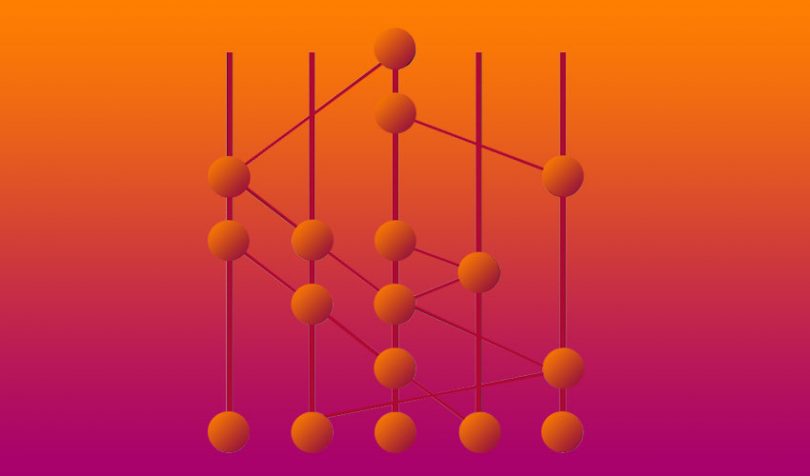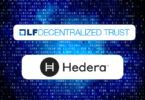Yesterday Hedera Hashgraph the public distributed ledger platform opened its initial community testing program. The company stood up the main net in August. Earlier this year it closed a funding round of $100 million. Hedera isn’t a blockchain, it’s a hashgraph, and hence it claims higher transaction performance than other blockchain architectures.
Hedera is paying the community using its cryptocurrency hbars for testing the network and developing third-party applications. So far there’s a Hedera Wallet, a content site, and a micropayments extension for the Chrome web browser. Developer resources are available including the latest SDKs.
“Events over the past few years have made it clear that consumers have great concerns about their data privacy, such as when reading articles or viewing videos that require them to reveal personal credit card information, or be flooded with ads and have their online behavior tracked,” said Dr. Leemon Baird, Co-founder and Chief Scientist of Hedera. “Opening our mainnet for testing is the next step in delivering Hedera’s vision of an internet where individuals have much greater control over their own personal data and benefit more directly from its value.”
Unique
In a previous in-depth article, we noted that Hedera Hashgraph differs from other public ledgers in numerous ways apart from the technology. It’s run by a for-profit company on proprietary technology. It’s a public permissioned network. One aspect of the governance is there will be a Council of 39 organizations that are leaders in their fields and will represent 18 industry sectors. So far the names of these organizations haven’t been announced.
The lack of announcement may indicate reticence from the big brands. However, Hedera Hashgraph has been mentioned a few times when Ledger Insights has interviewed some of these high profile companies. But there’s a big difference between keeping an eye on Hedera Hashgraph committing to join the council.
Technology
The whitepaper also emphasizes “fairness” in the technology. An important aspect is the ordering of transactions, and there has been some debate on this point.
Because the technology involves a hashgraph, it can process hundreds of thousands of transactions per second on a single group of servers. Its whitepaper gave an example of a test of 200,000 transactions per second with a delay of 7 seconds. However, it noted this was purely for achieving consensus on transaction order and timestamps, it’s not the entire transaction.
To process transactions, each one has to be digitally signed. “A great deal of processing power might be needed to verify hundreds of thousands of digital signatures per second. It is possible that GPU implementations could be helpful,” the white paper notes.
CULedger, the consortium of US Credit Unions, has stated it plans to use Hedera Hashgraph. They were an early adopter of Swirlds, the technology that underpins Hedera Hashgraph. They’re also a partner of Sovrin, the self-sovereign identity network.
Disclosure: Neither the author nor any Ledger Insights team member owns any hbars tokens.






